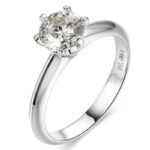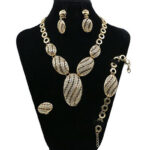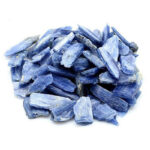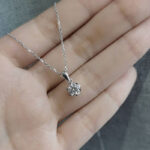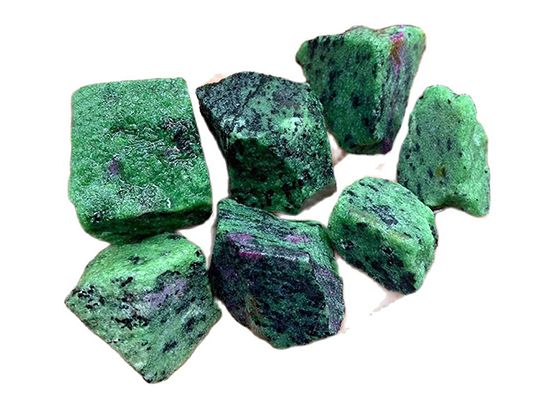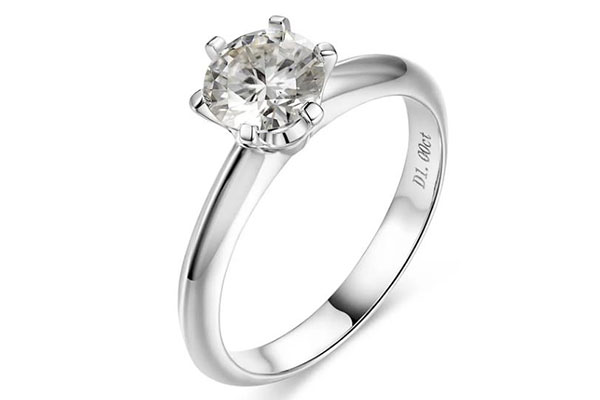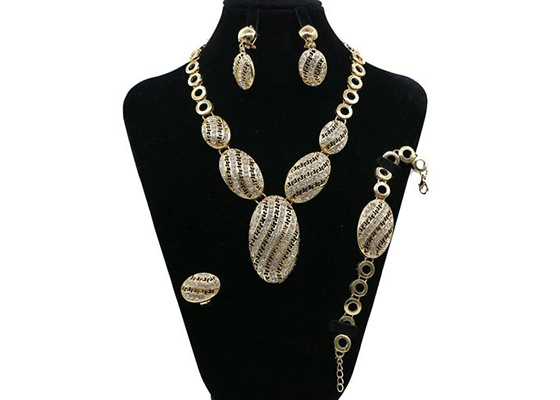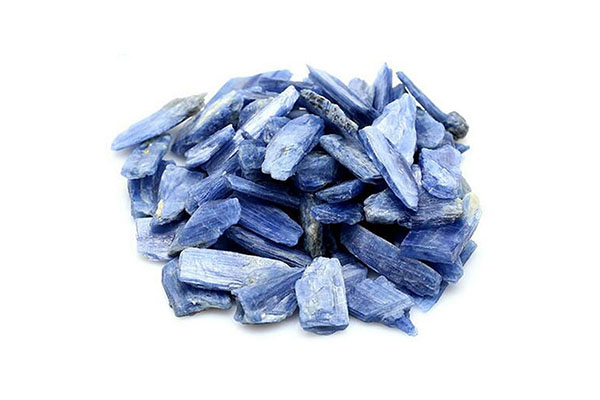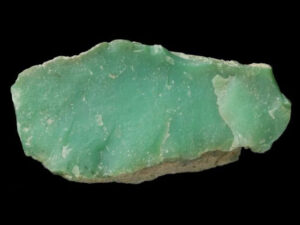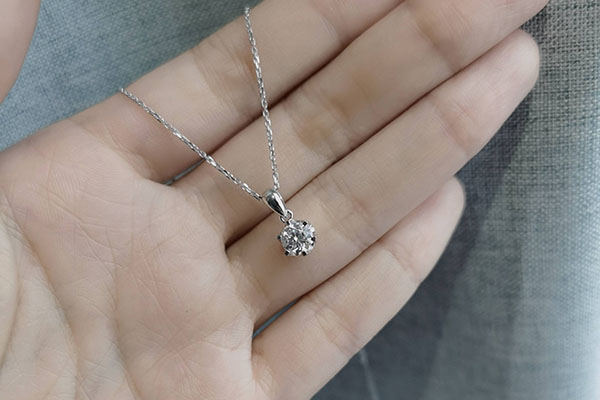When it comes to gemstones and minerals, there are many different types with their own unique properties and characteristics. Two such minerals are Epidote and Zoisite, both of which are commonly used in jewelry and other decorative items. In this blog post, we’ll take a closer look at Epidote vs Zoisite, including what they are, their differences, and their uses.
What is Epidote?
Epidote is a mineral that is a silicate of aluminum, calcium, and iron. It has the chemical formula Ca2(Al, Fe)3(SiO4)3(OH), and its name comes from the Greek word “epidosis,” meaning “addition” or “increase.” This name refers to the mineral’s tendency to form in veins in other rocks, where it can increase the volume of the host rock.
Chemical Composition
Epidote has a complex chemical composition that includes aluminum, calcium, iron, and silicon, as well as smaller amounts of other elements. The exact composition of epidote can vary depending on the specific sample and where it was found.
Physical Characteristics
Epidote is typically green or brown in color, although it can also be yellow, blue, or black. It has a vitreous to resinous luster, and its crystals are typically prismatic and elongated. Epidote has a hardness of 6 to 7 on the Mohs scale and a density of 3.3 to 3.5 g/cm³.
Occurrence and Uses
Epidote is found in many different types of rocks, including igneous, metamorphic, and sedimentary rocks. It is often associated with other minerals such as quartz, garnet, and amphiboles. Epidote is commonly used as a gemstone, as well as in decorative items and as a source of aluminum and iron.
What is Zoisite?
Zoisite is also a silicate mineral, with the chemical formula Ca2Al3(SiO4)3(OH). It was first discovered in Austria in 1805 and is named after the Slovenian scientist Sigmund Zois. Zoisite is often found in association with other minerals such as ruby and tanzanite.
Chemical Composition
Zoisite is a calcium aluminum silicate mineral that often contains small amounts of other elements, including chromium and vanadium. The exact chemical composition of zoisite can vary depending on the specific sample and where it was found.
Physical Characteristics
Zoisite is typically brown or green in color, although it can also be blue, gray, or pink. It has a vitreous to sub-vitreous luster, and its crystals are typically prismatic or tabular. Zoisite has a hardness of 6.5 to 7 on the Mohs scale and a density of 3.15 to 3.36 g/cm³.
Occurrence and Uses
Zoisite is found in a variety of rocks, including metamorphic and igneous rocks. It is often associated with other minerals such as quartz, feldspar, and garnet. Zoisite is commonly used as a gemstone, as well as in decorative items and as a source of calcium and aluminum.
Differences Between Epidote and Zoisite
Although Epidote and Zoisite are both silicate minerals with similar chemical compositions, there are several key differences between the two:
Crystal Structure
Epidote has a monoclinic crystal system, while Zoisite has an orthorhombic crystal system. This means that the two minerals have different symmetry and different angles between their crystal axes, which can affect their physical properties such as cleavage and fracture.
Color and Transparency
While both Epidote and Zoisite can be green in color, Epidote is more commonly green or brown, while Zoisite is typically brown or green with a pink or blue tint. Zoisite can also be more transparent than Epidote, with some varieties such as tanzanite exhibiting a high degree of transparency.
Cleavage and Fracture
Epidote has good cleavage in one direction, while Zoisite has good cleavage in two directions. This means that Epidote is more likely to break along a single plane, while Zoisite is more likely to break along two planes. In terms of fracture, Epidote has a conchoidal fracture, while Zoisite has an uneven to subconchoidal fracture.
Hardness and Density
Epidote and Zoisite have similar hardness, with Epidote having a hardness of 6 to 7 on the Mohs scale and Zoisite having a hardness of 6.5 to 7. However, Epidote is slightly denser than Zoisite, with a density of 3.3 to 3.5 g/cm³ compared to Zoisite’s density of 3.15 to 3.36 g/cm³.
Similarities Between Epidote and Zoisite
Despite their differences, Epidote and Zoisite also share some similarities:
Chemical Composition
Both Epidote and Zoisite are silicate minerals that contain calcium, aluminum, and silicon. They also both often contain other elements in smaller amounts, such as iron, chromium, and vanadium.
Occurrence
Epidote and Zoisite are both found in a variety of rocks, including metamorphic and igneous rocks. They are often found in association with other minerals such as quartz, feldspar, and garnet.
Uses
Both Epidote and Zoisite are commonly used as gemstones and in decorative items. They are also used as sources of aluminum and other minerals.
Conclusion
Epidote and Zoisite are two silicate minerals that share some similarities but also have several key differences. While Epidote has a monoclinic crystal system, is typically green or brown, and has good cleavage in one direction, Zoisite has an orthorhombic crystal system, is typically brown or green with a pink or blue tint, and has good cleavage in two directions. Both minerals are commonly used as gemstones and in decorative items, as well as sources of minerals such as aluminum. Understanding the differences between these minerals can help gemstone enthusiasts and collectors appreciate their unique properties and characteristics.

